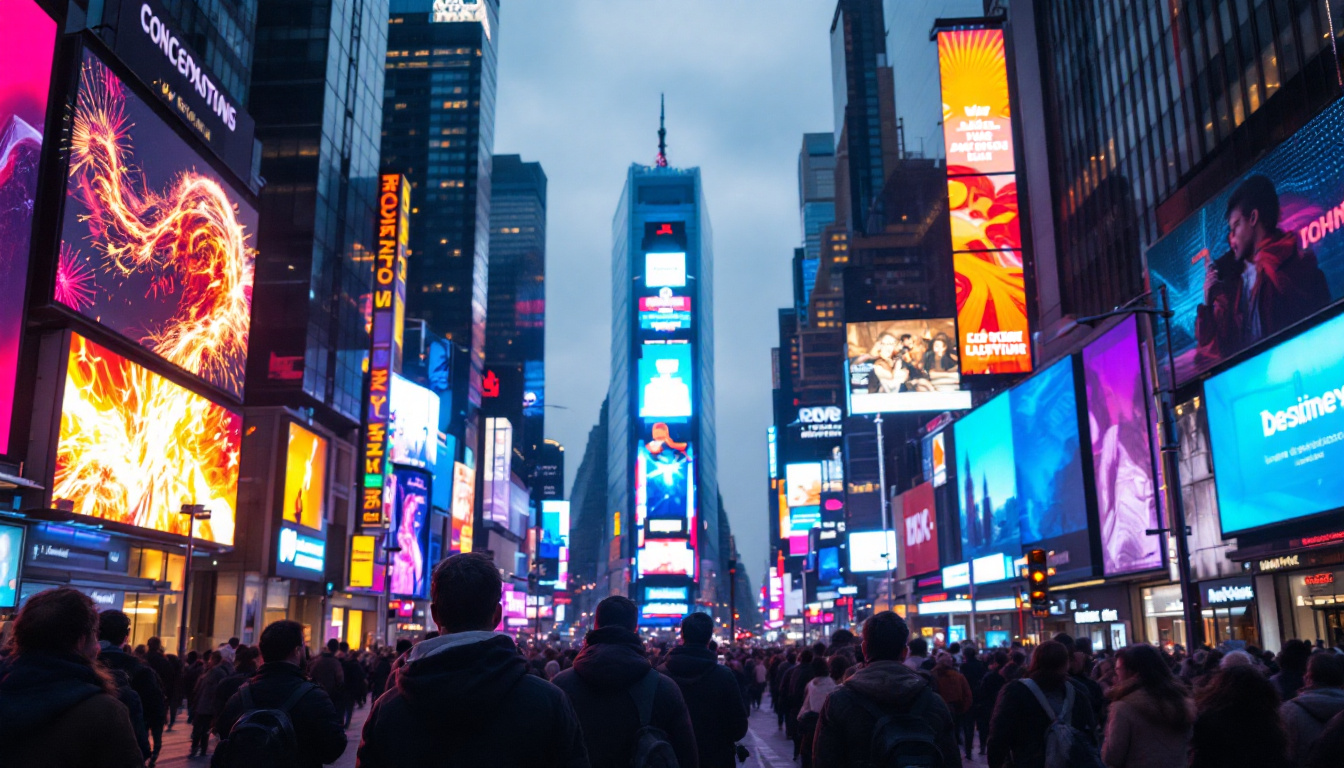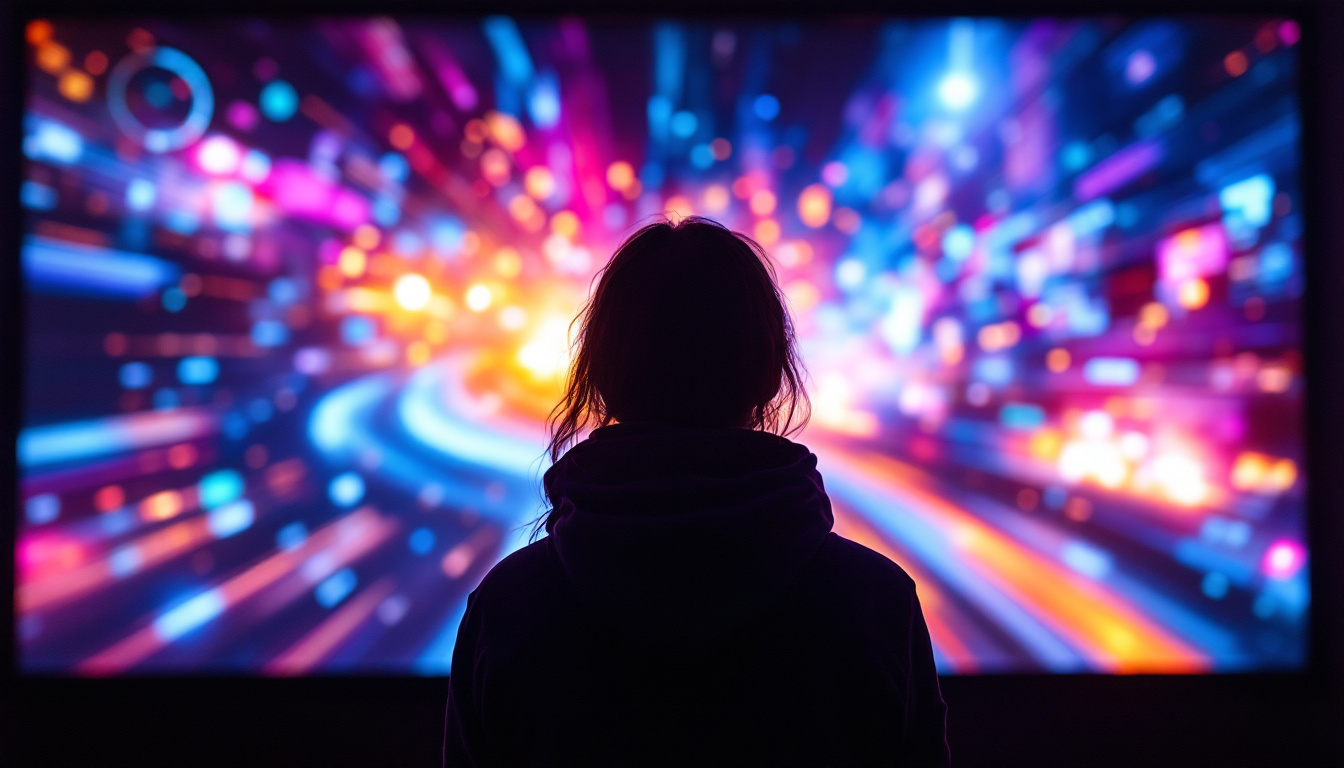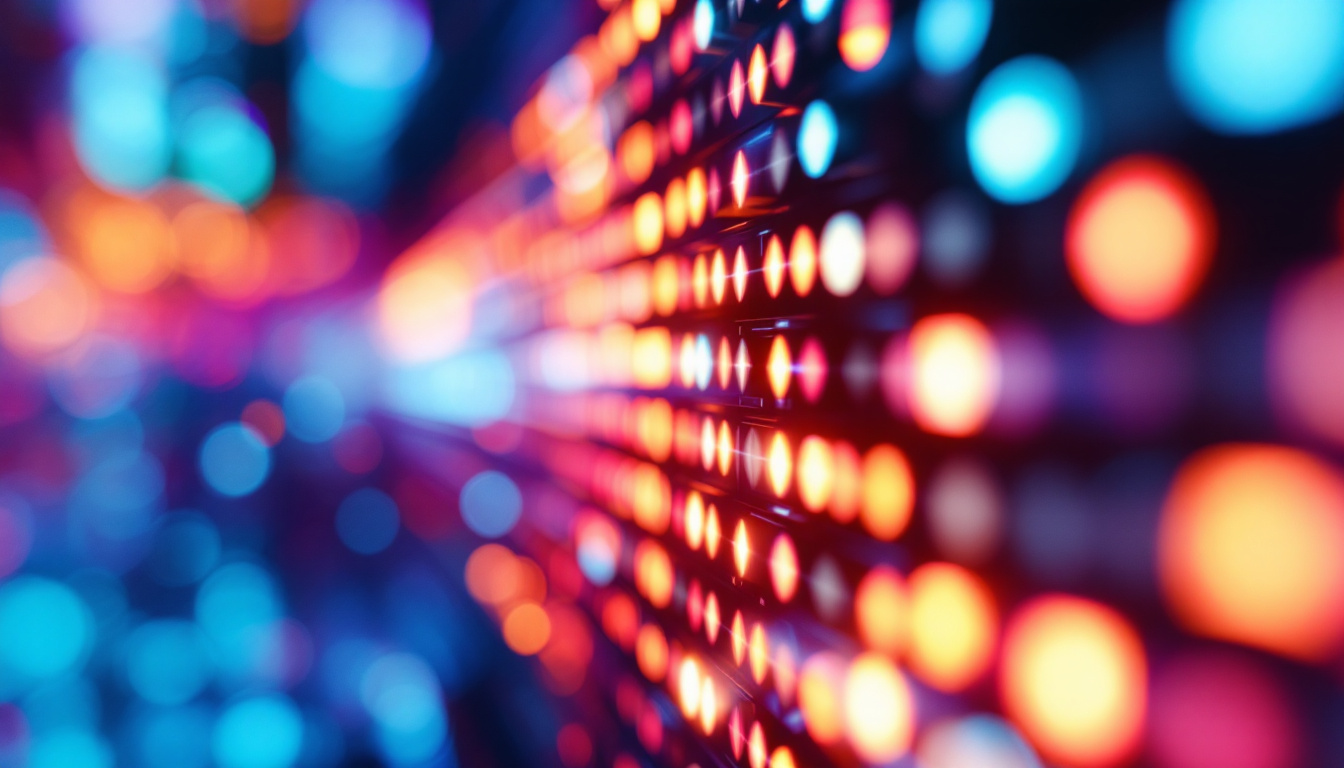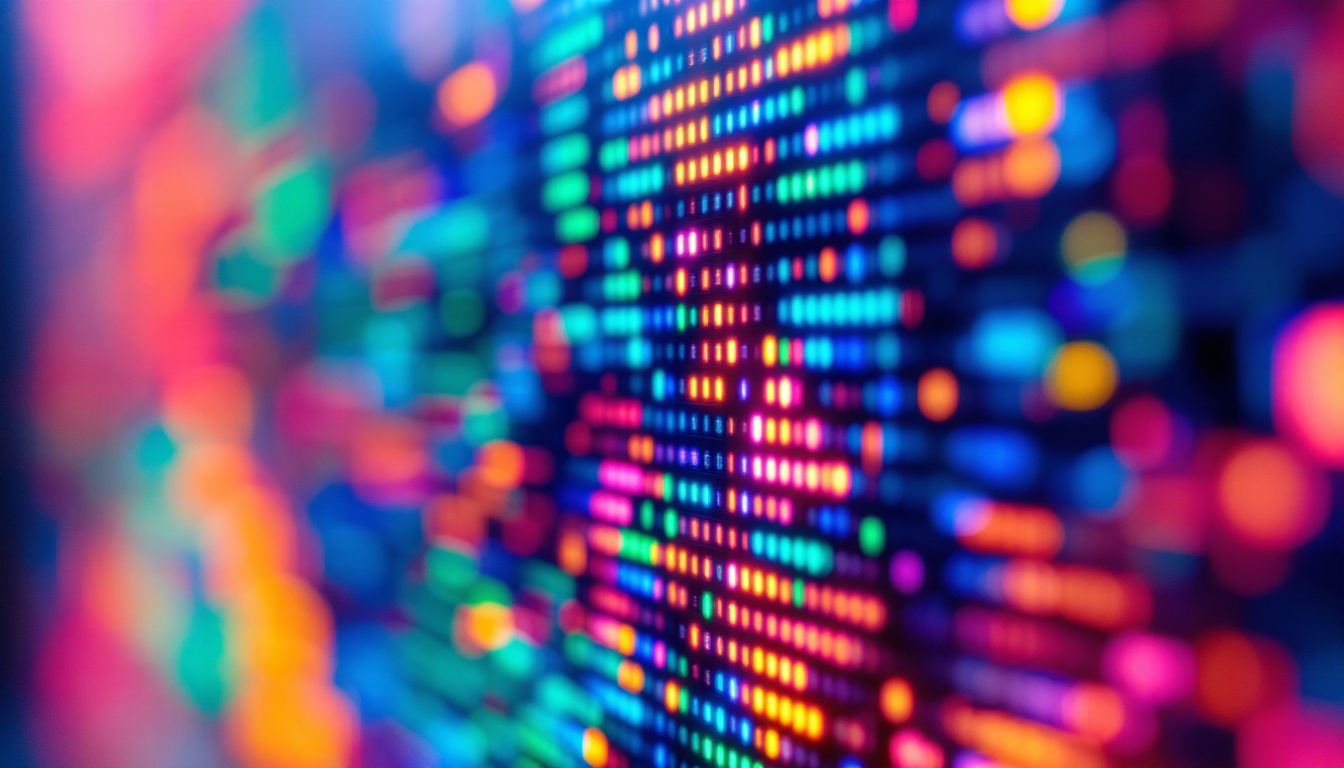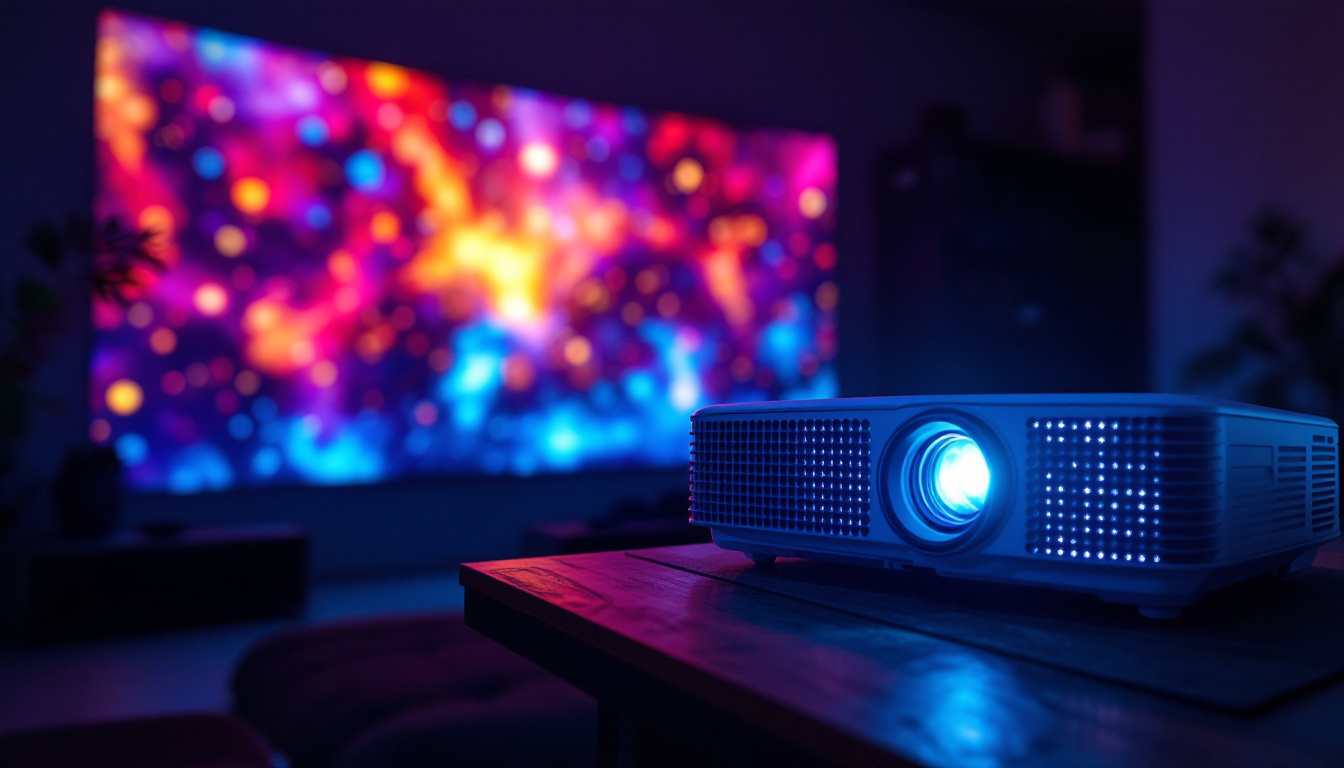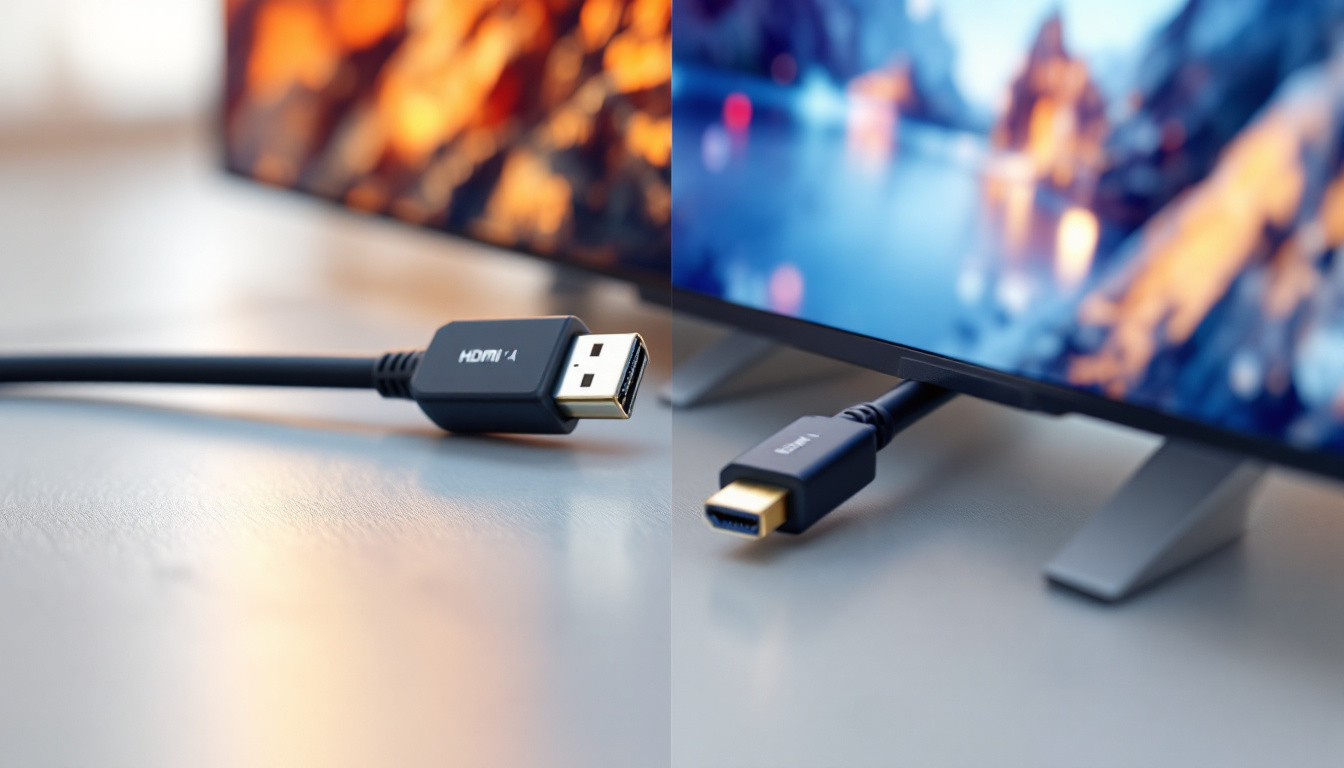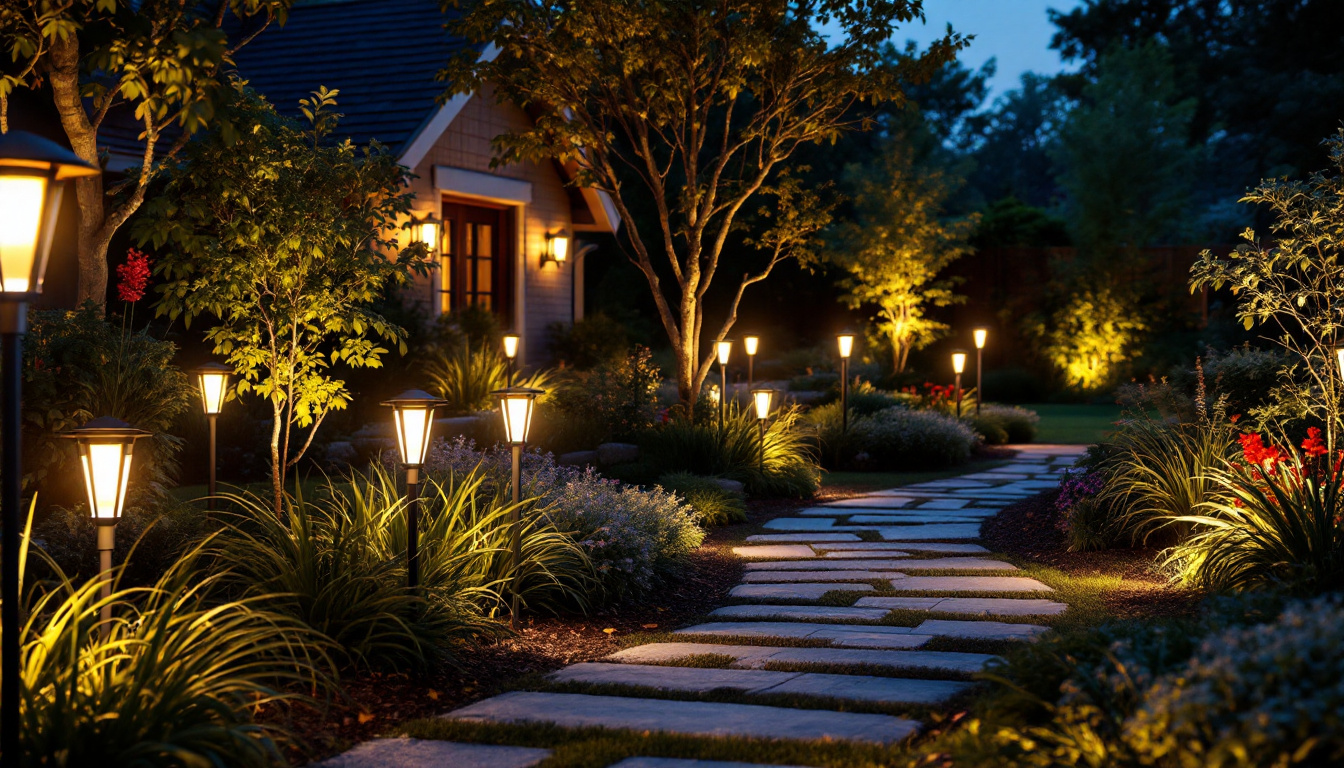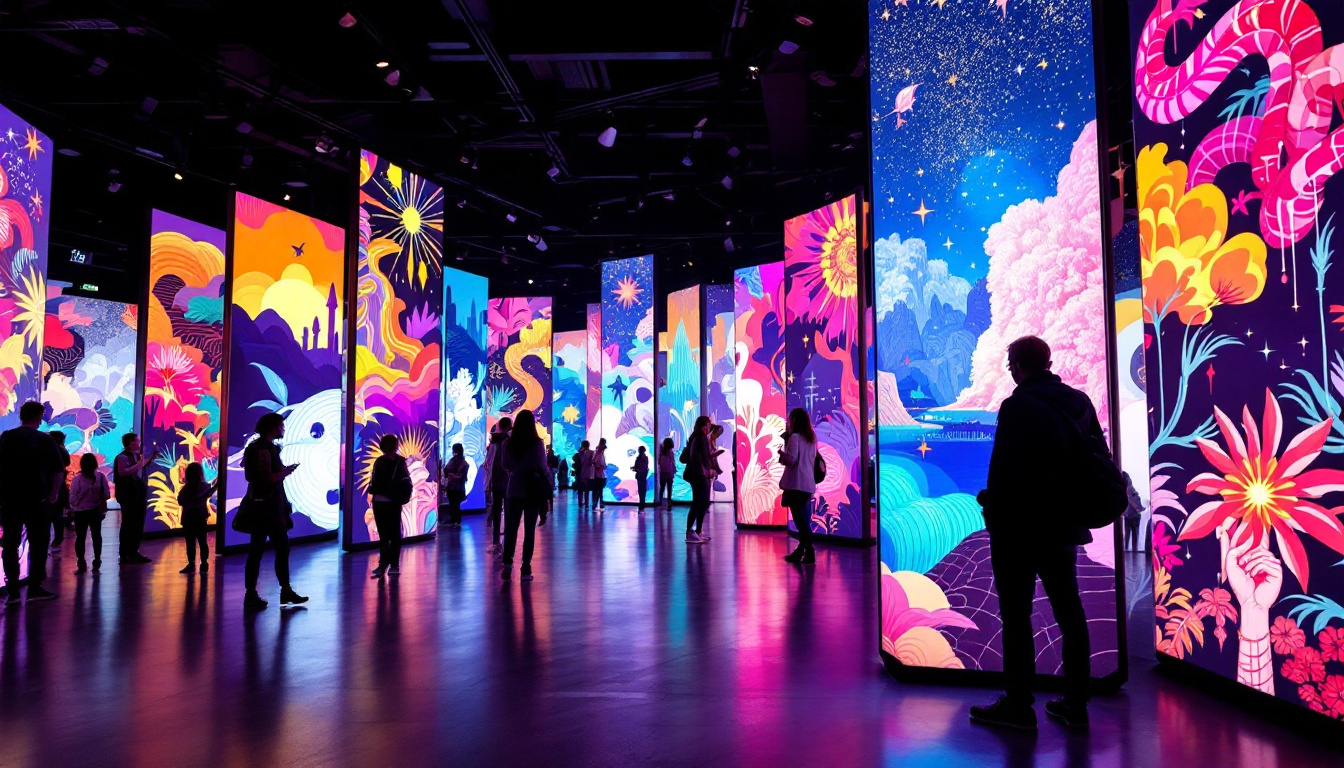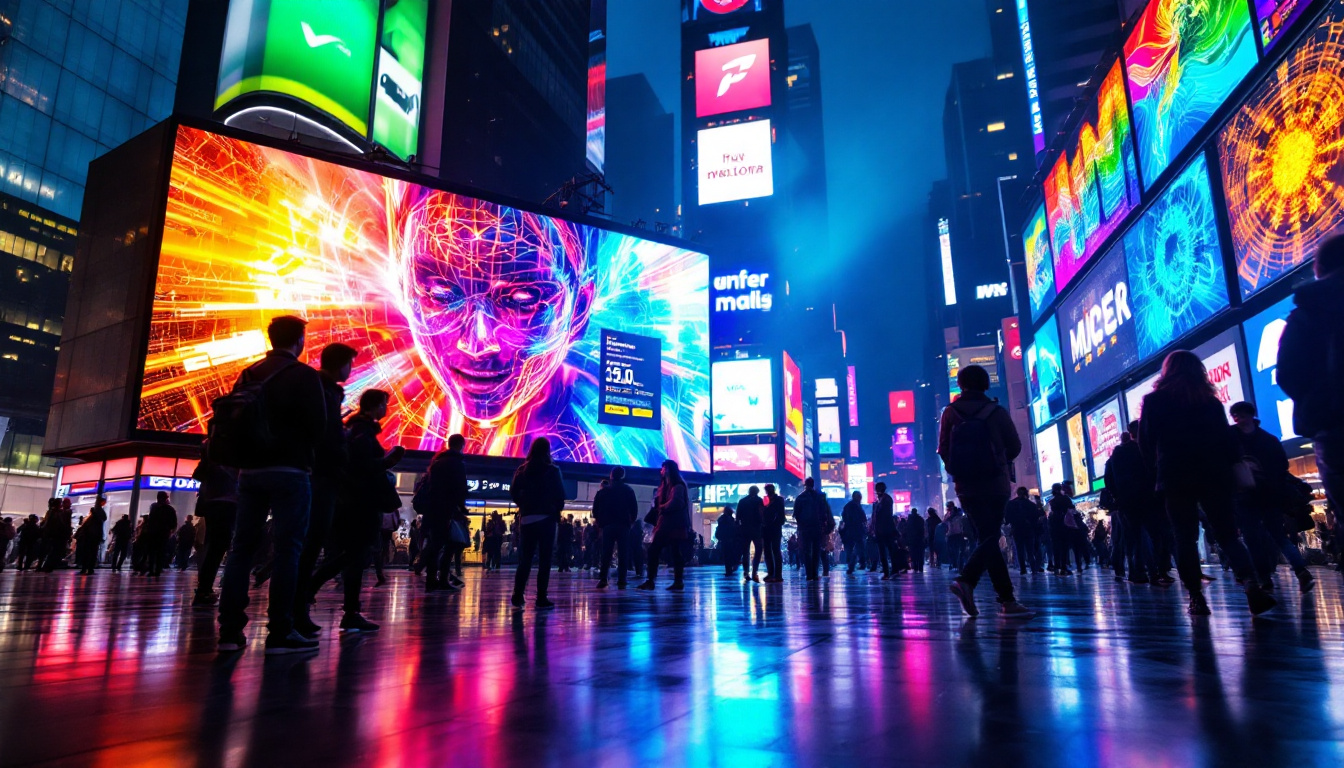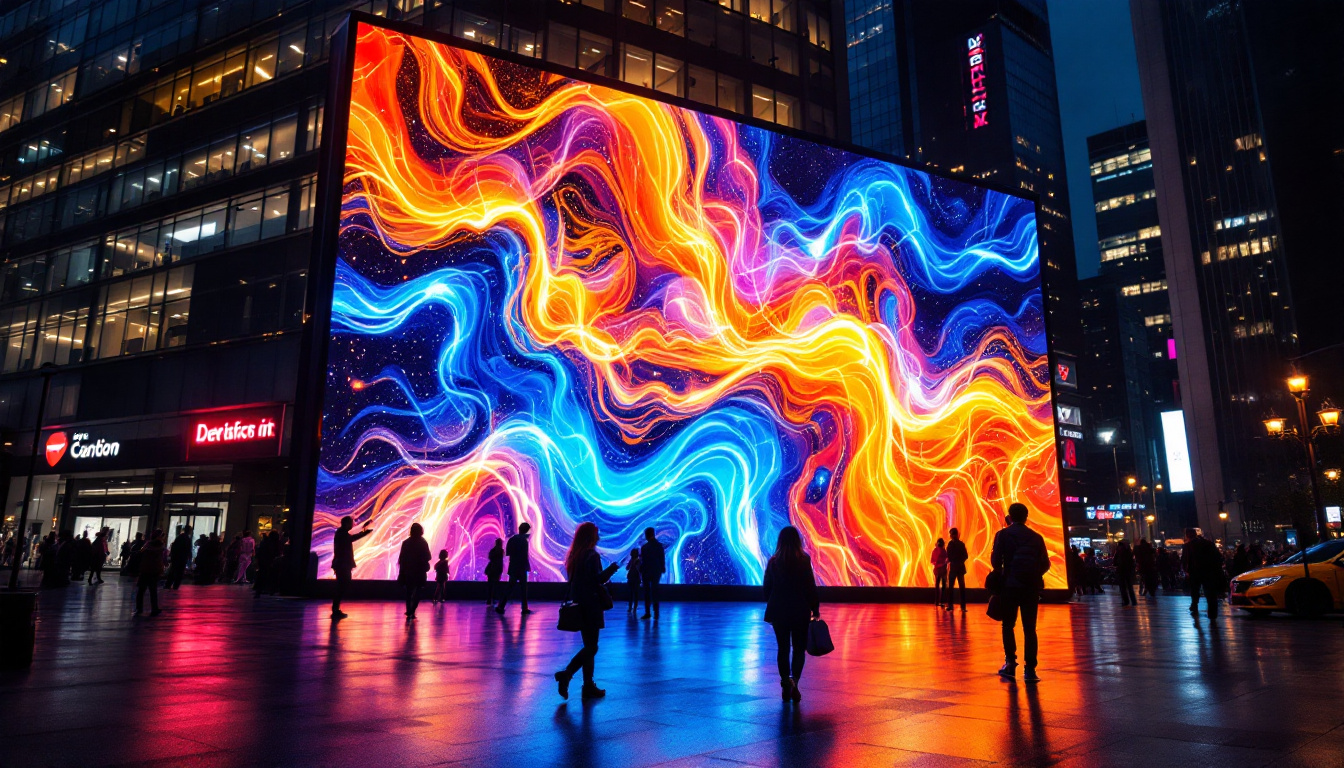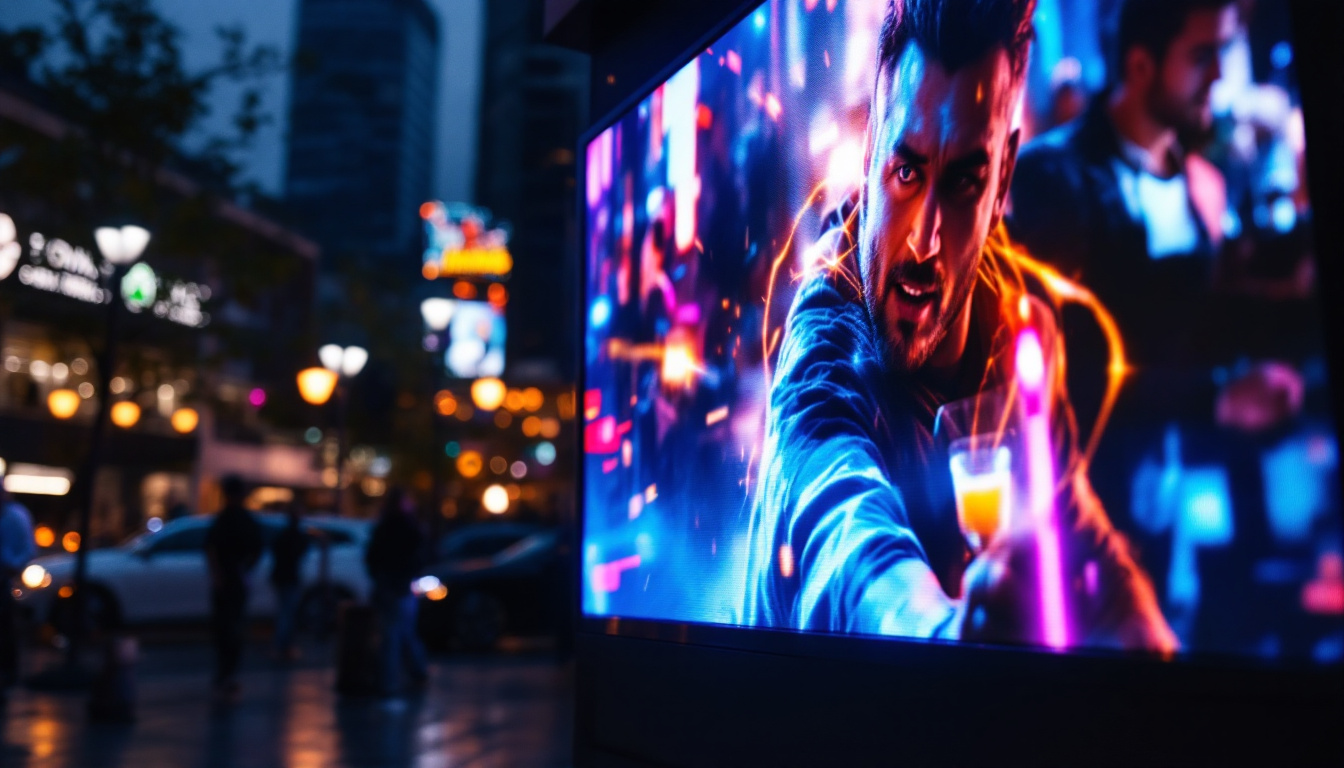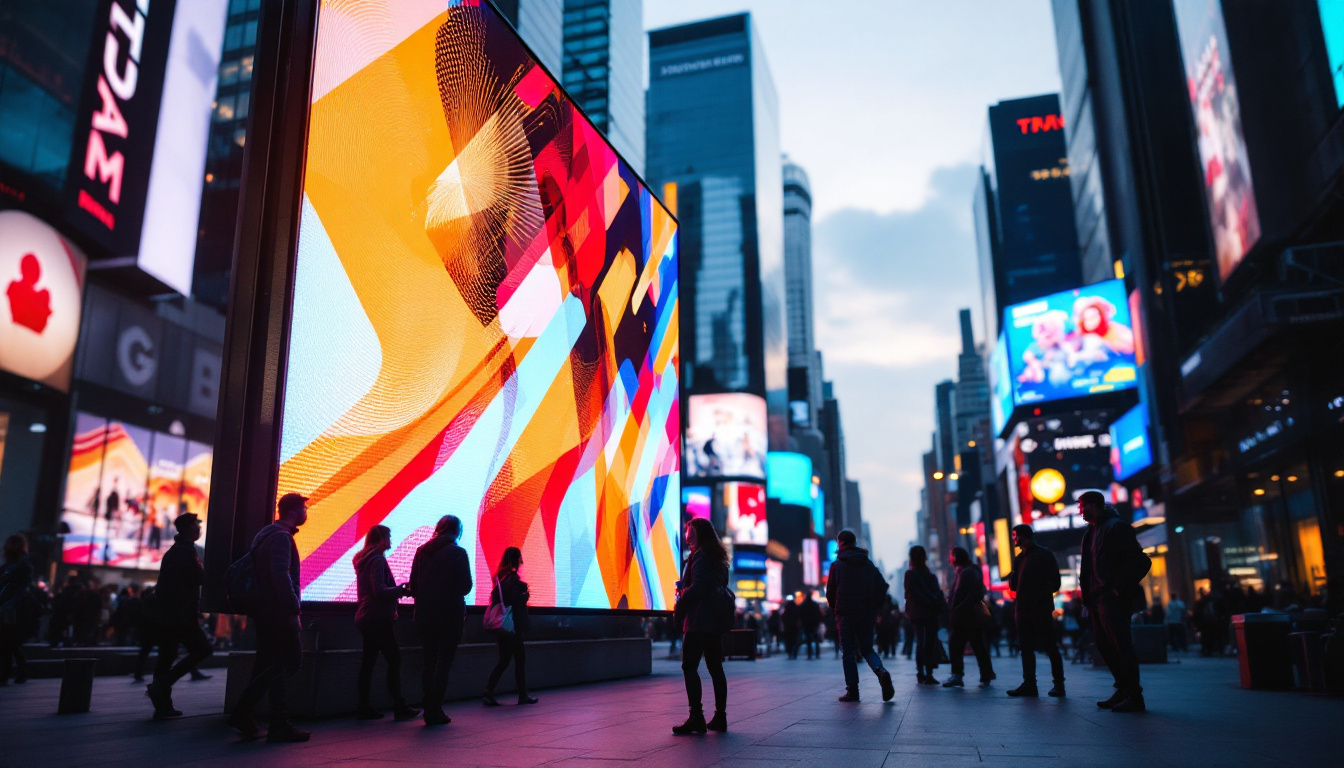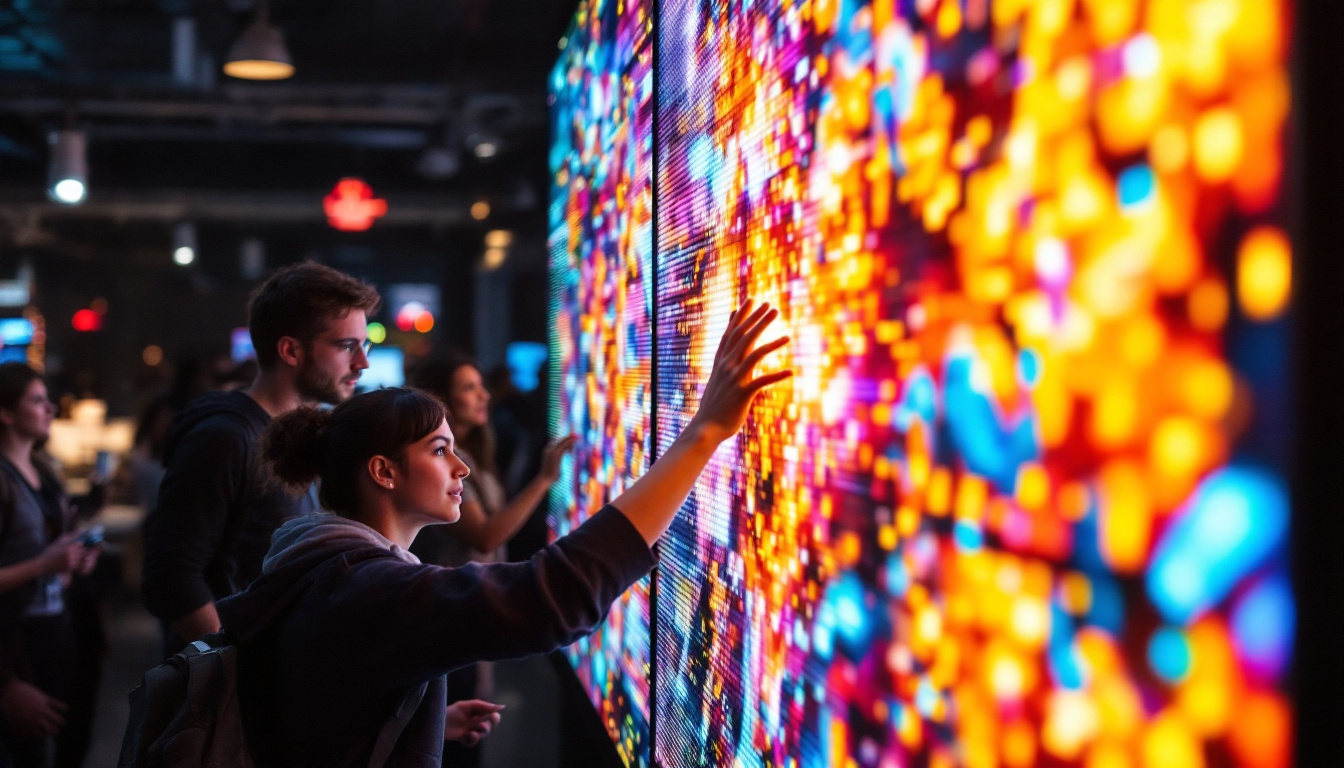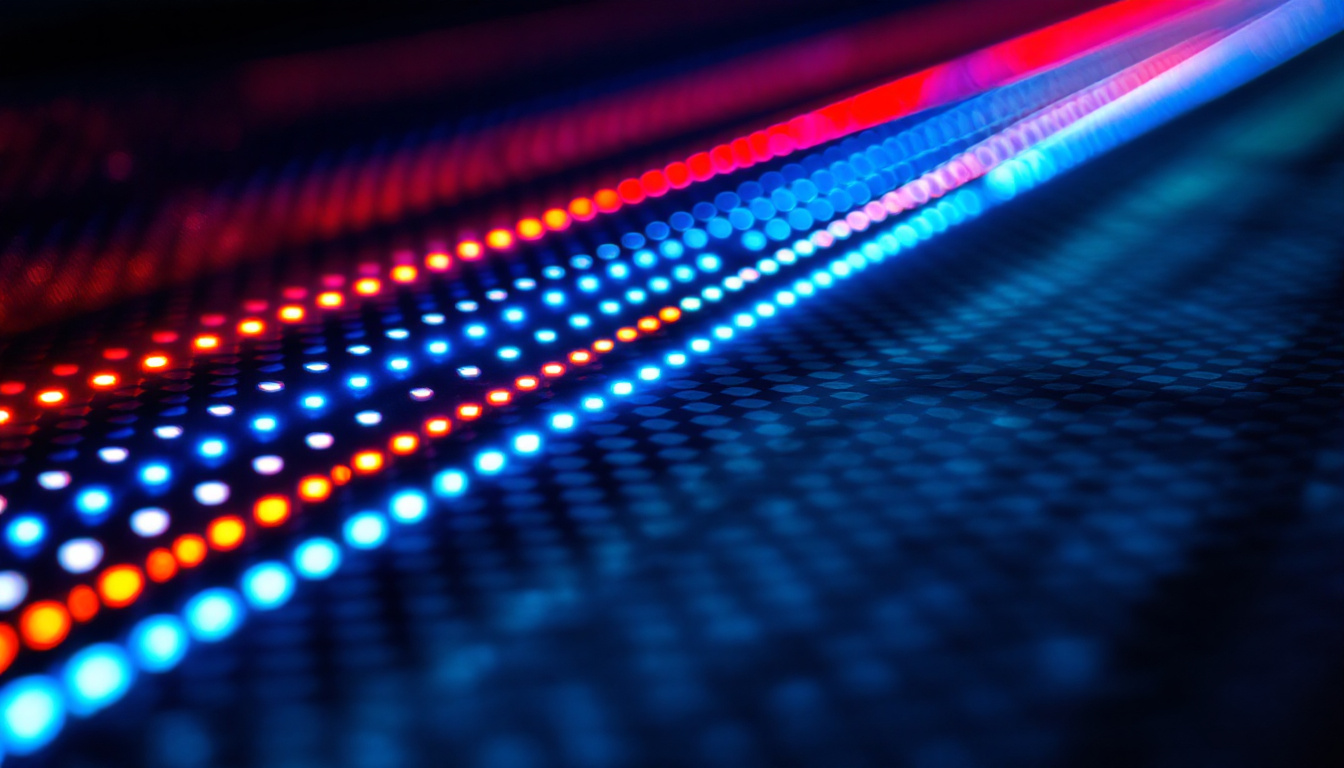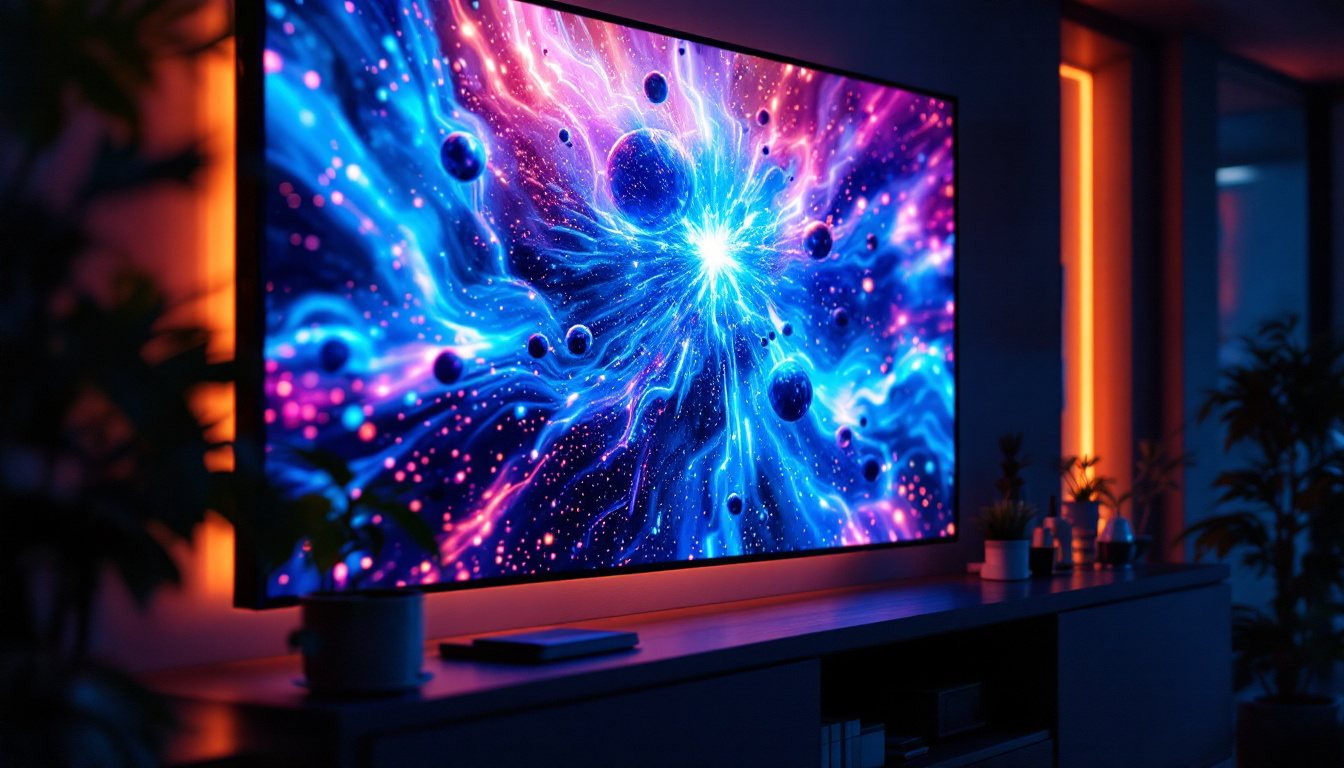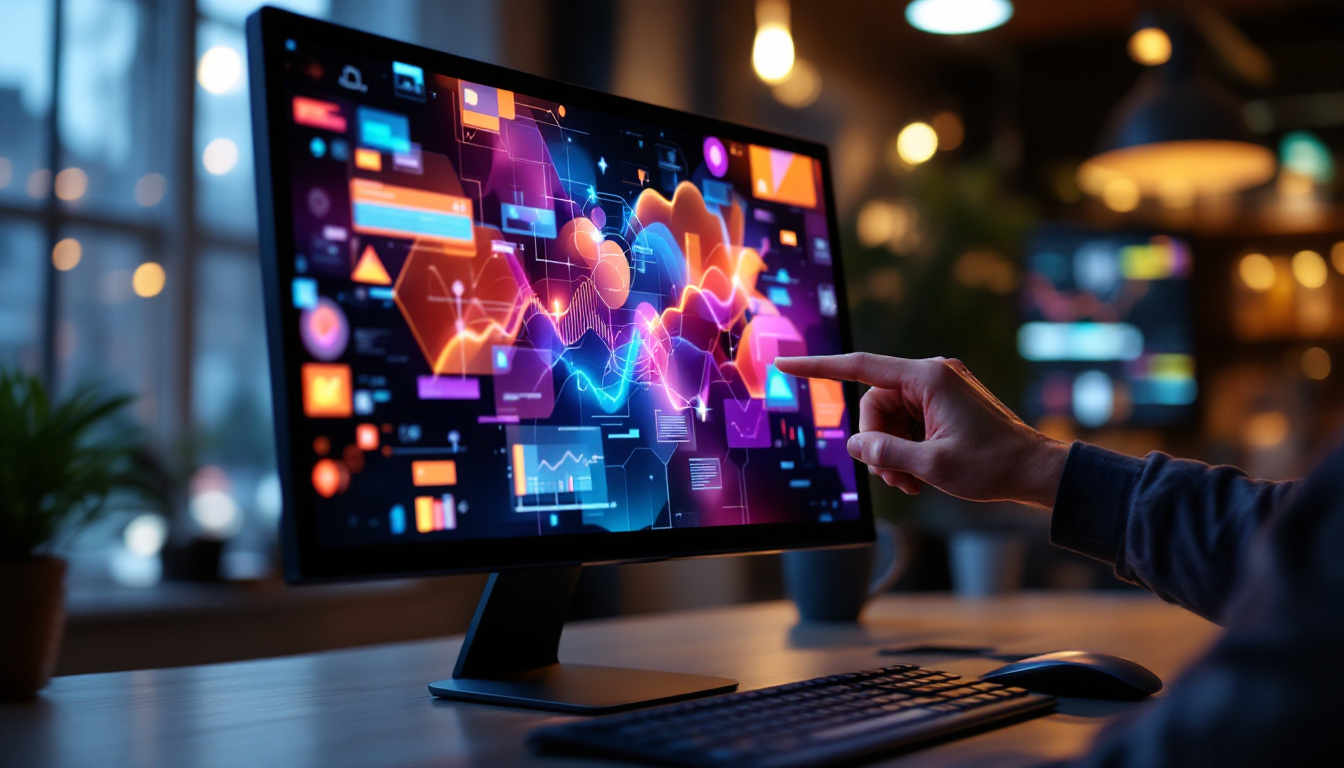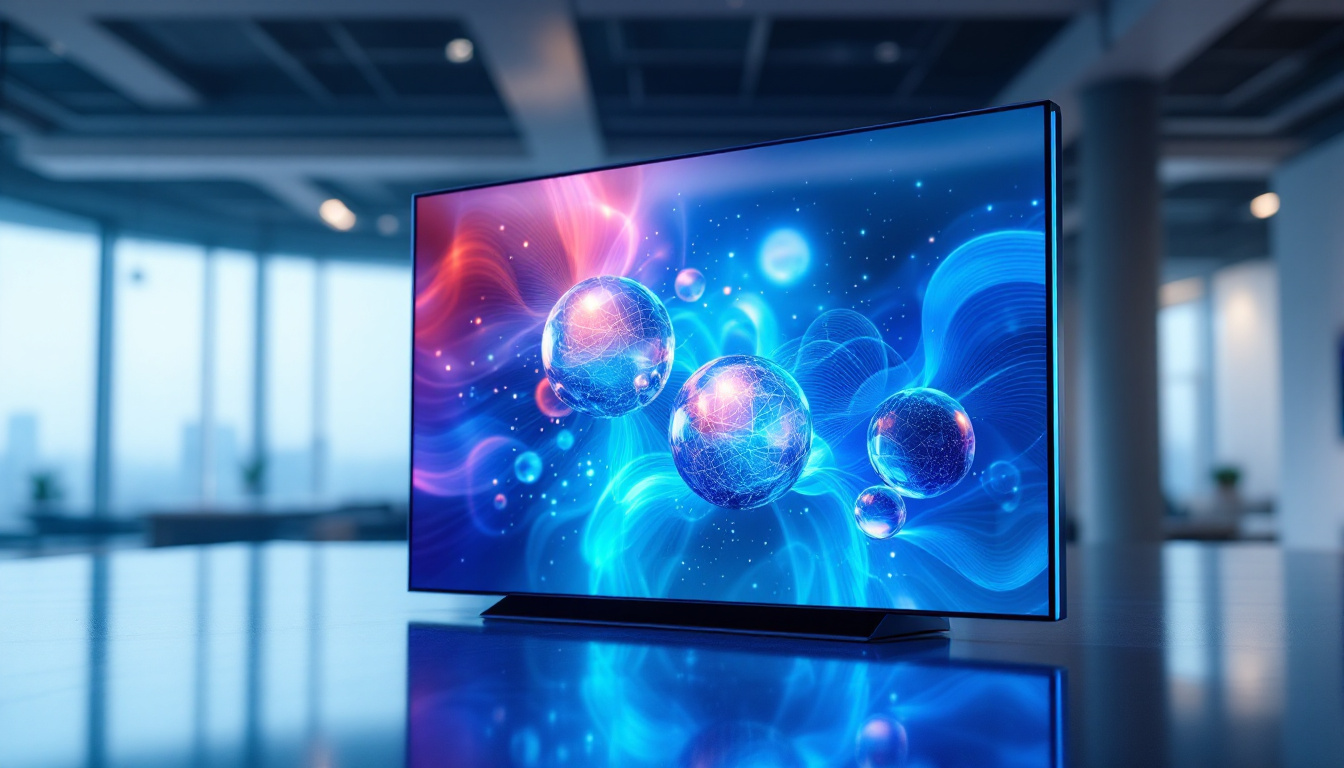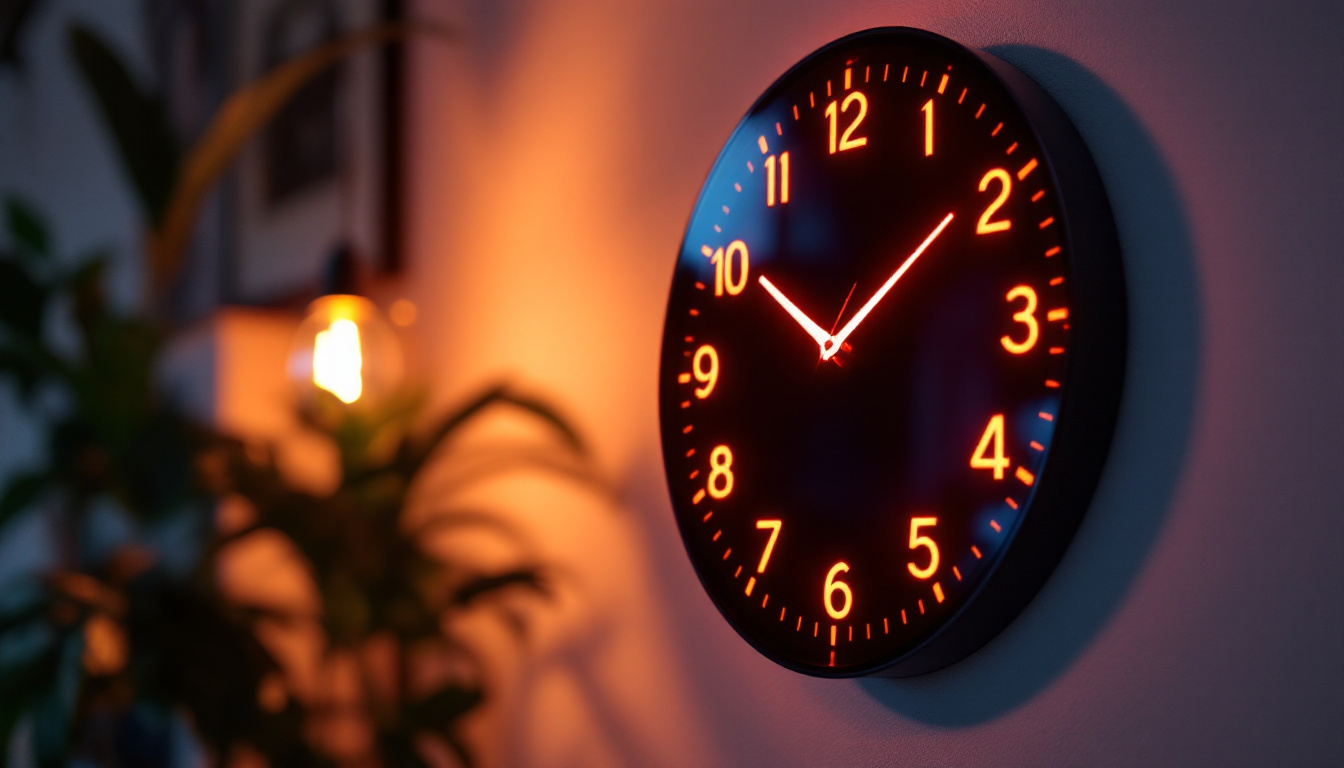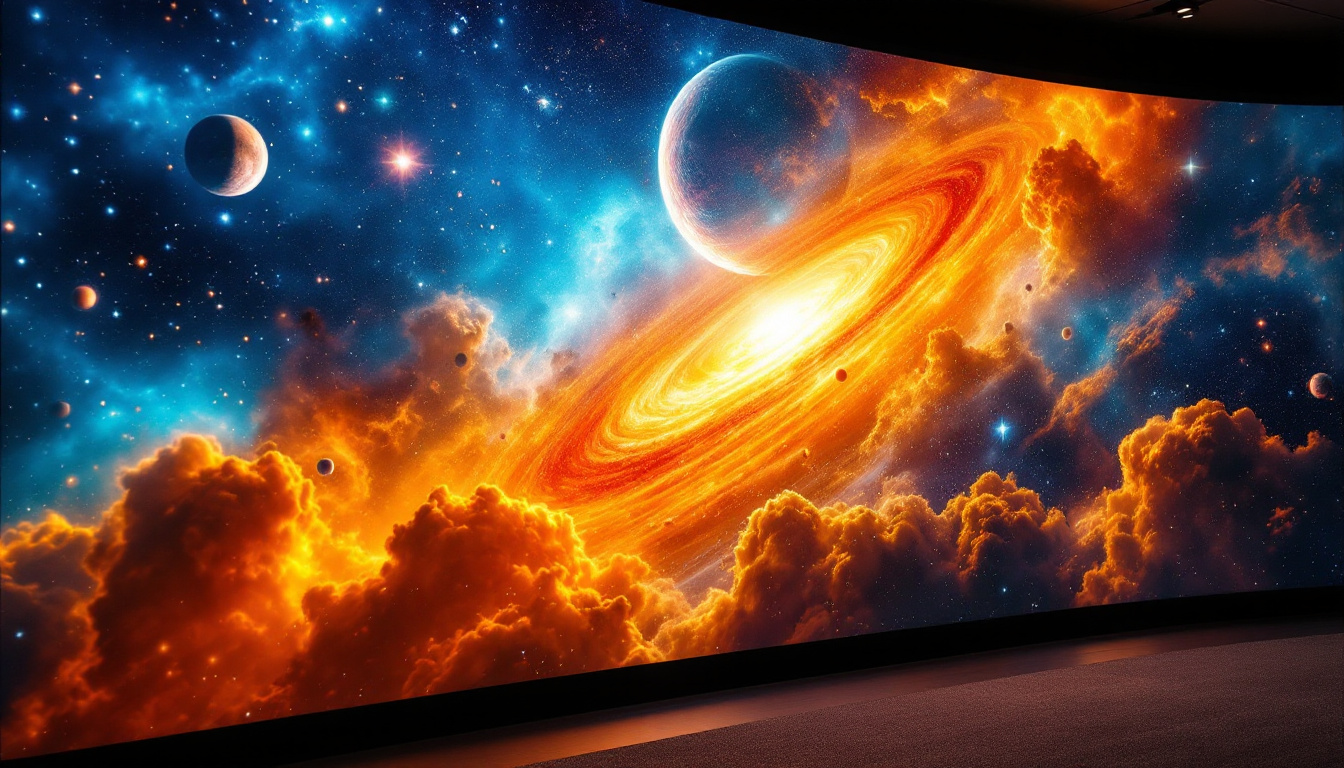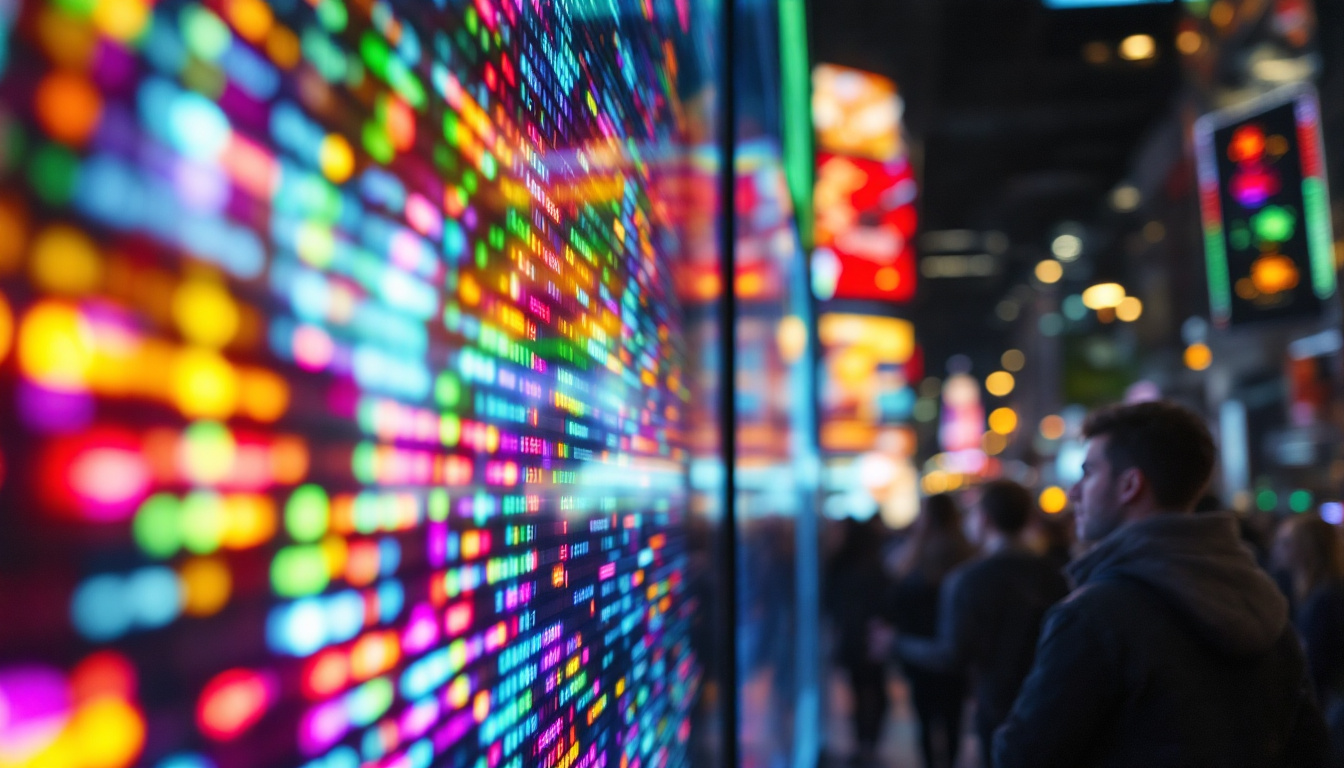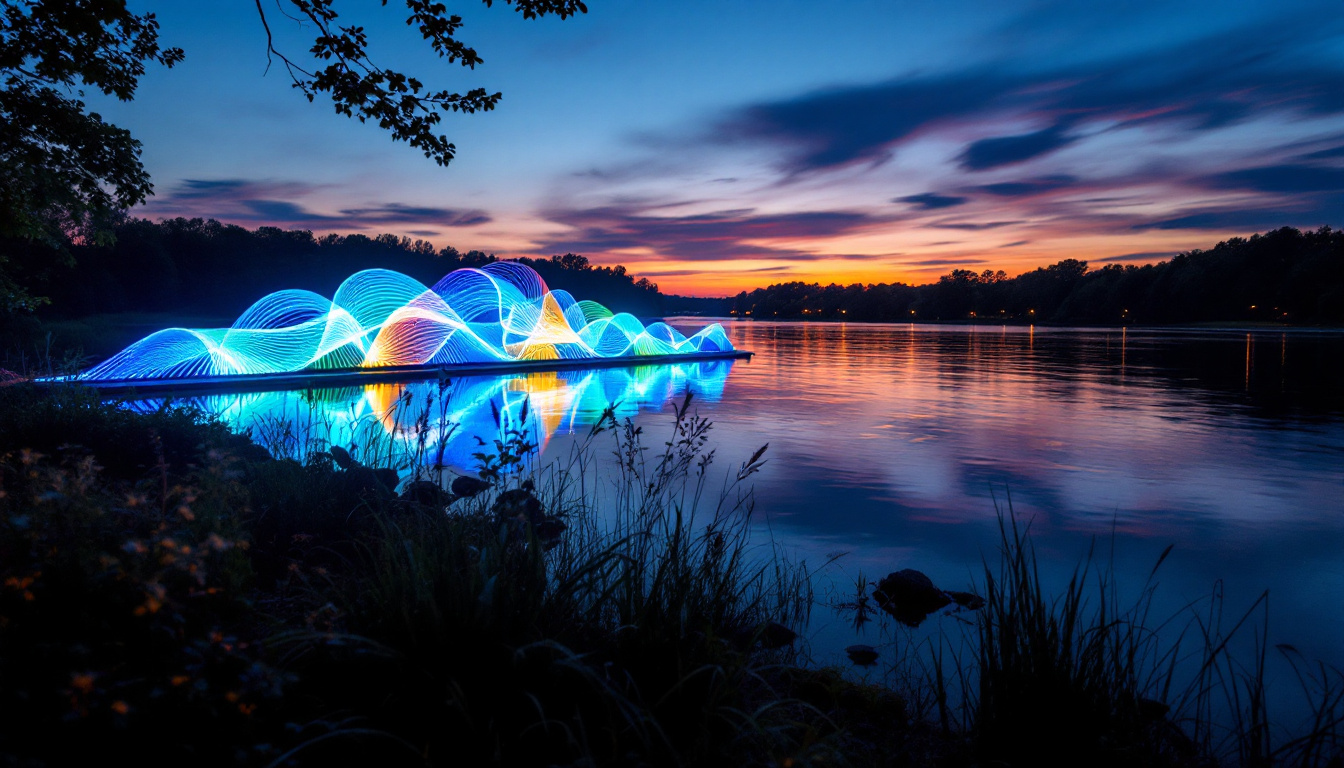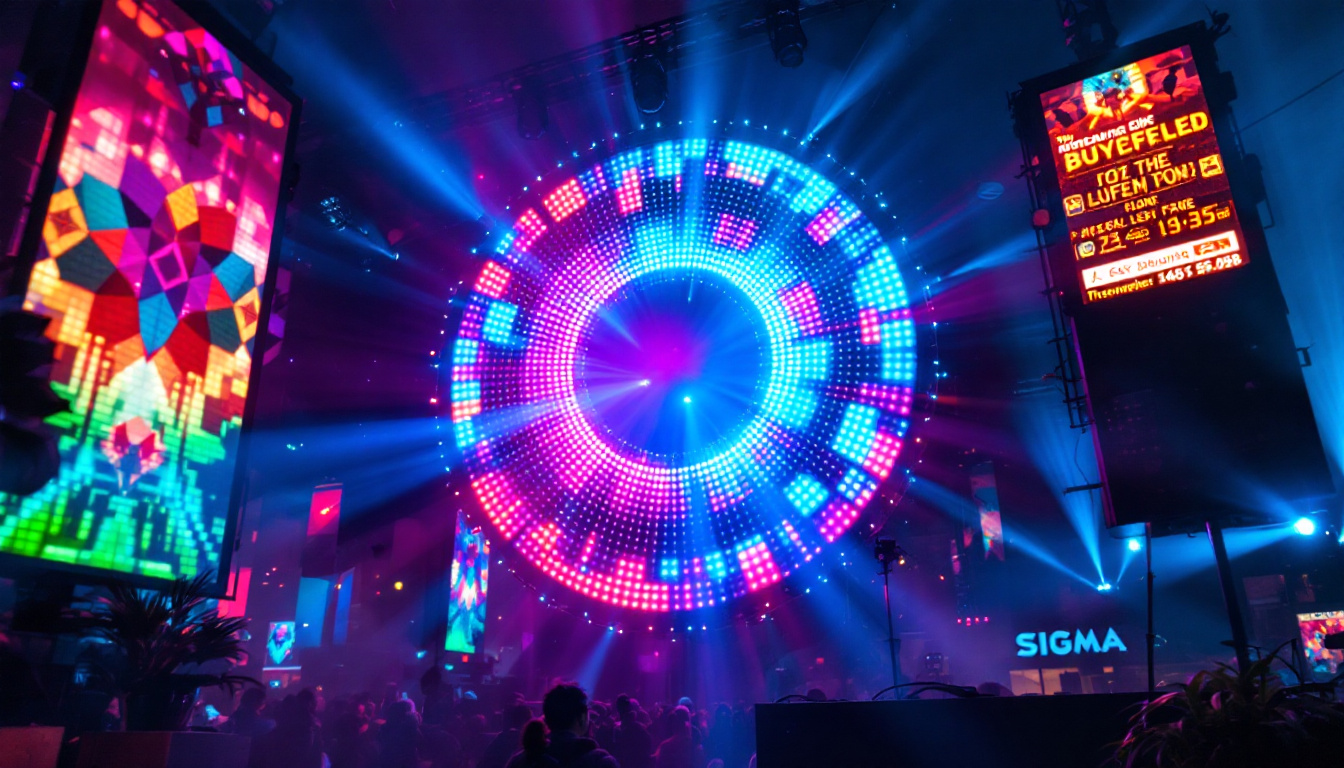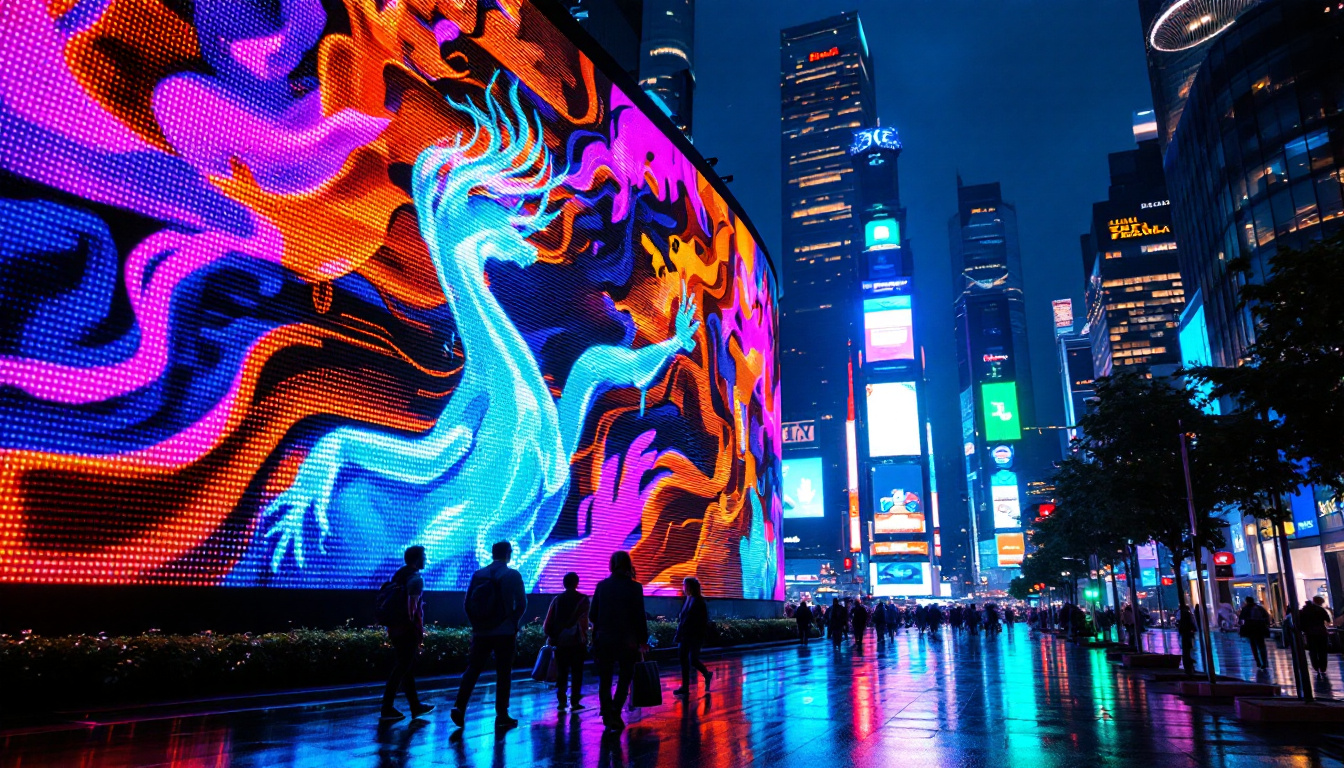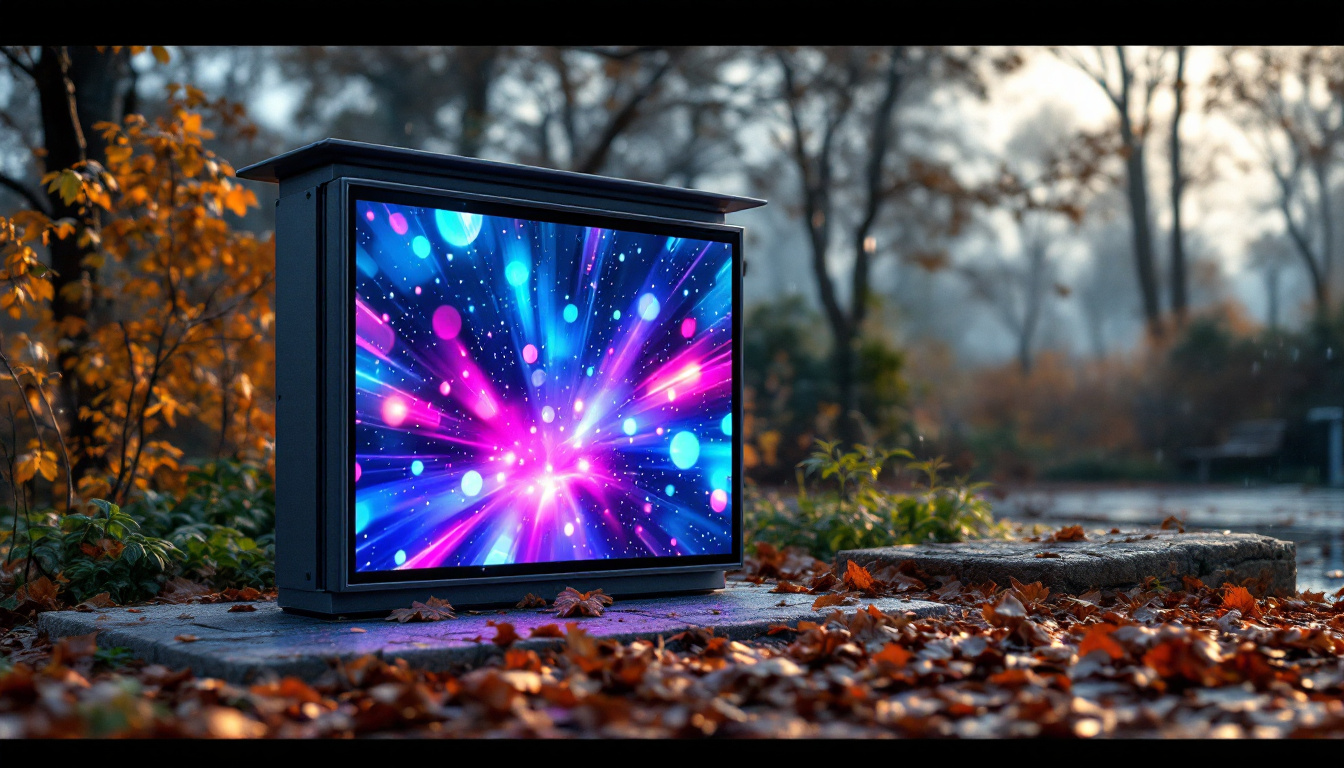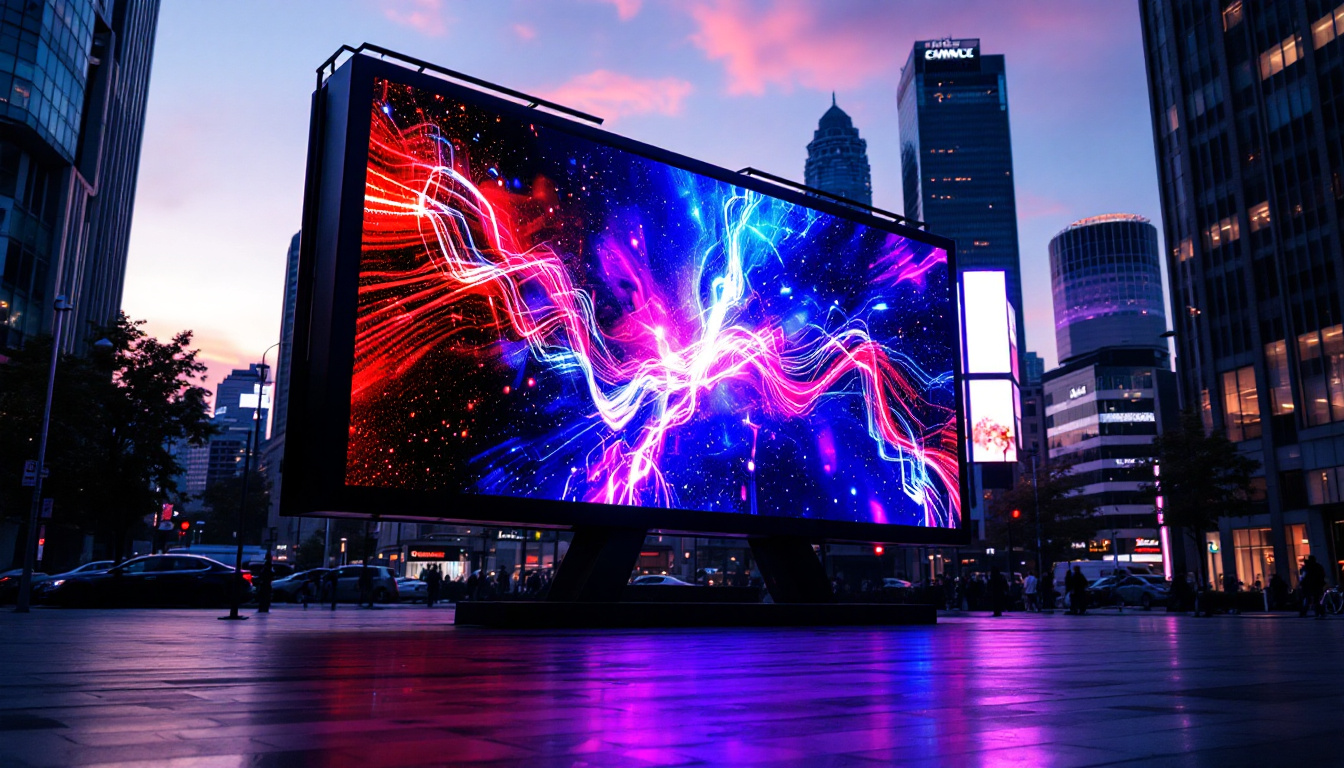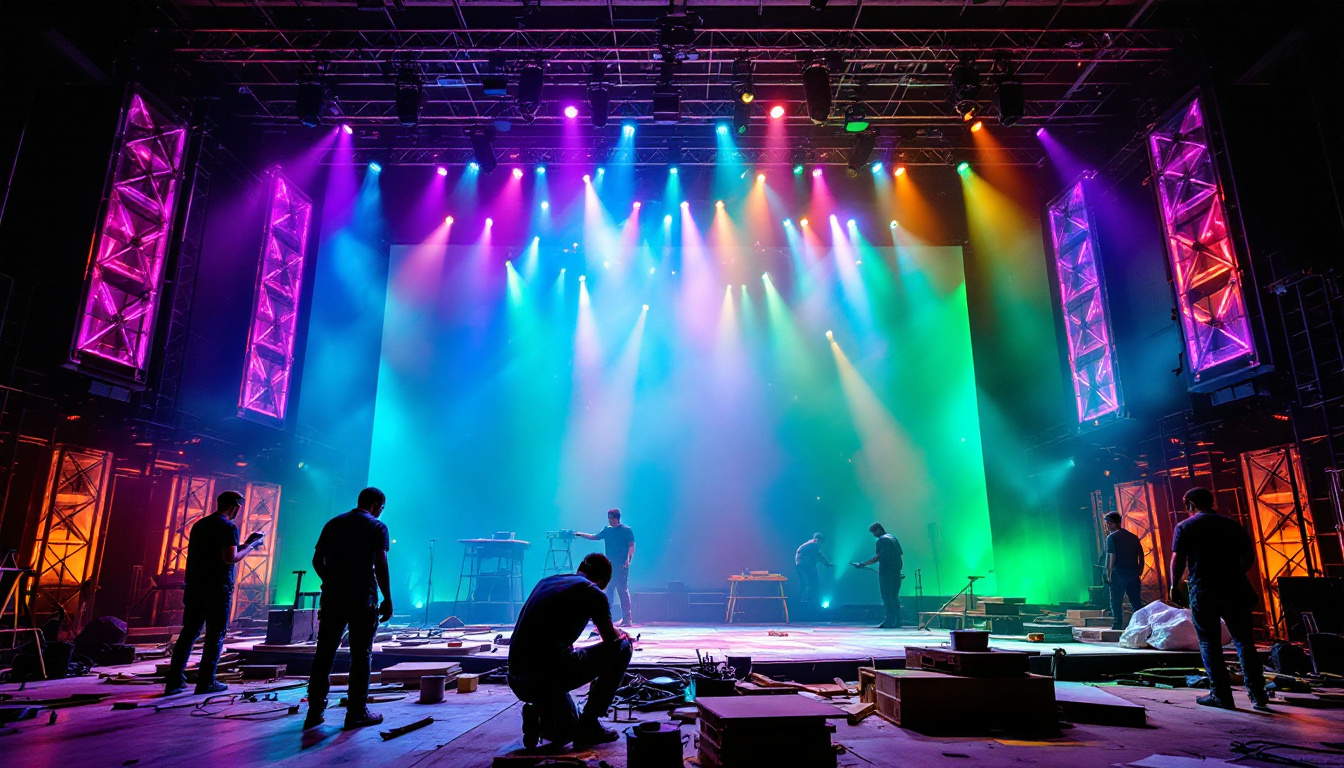In the modern world of technology, LED displays have become a cornerstone of visual communication. Whether in advertising, entertainment, or information dissemination, these displays offer vibrant colors, high contrast, and energy efficiency. This article delves into the intricacies of LED displays, exploring their types, advantages, applications, and future trends.
Understanding LED Technology
LED, or Light Emitting Diode, is a semiconductor device that emits light when an electric current passes through it. This technology has revolutionized the way we think about displays, providing a more efficient and versatile option compared to traditional display technologies like LCD and CRT. The shift towards LED technology has not only enhanced the quality of visual displays but has also paved the way for innovations in various fields, including automotive lighting, general illumination, and even horticultural lighting.
The Basics of LED Functionality
At its core, an LED display consists of numerous tiny light-emitting diodes arranged in a grid. Each diode can emit red, green, or blue light, and by combining these colors in various intensities, a full spectrum of colors can be produced. This RGB (Red, Green, Blue) model is fundamental to color displays, allowing for a wide range of hues and shades. The precision with which these colors can be mixed is what allows for the vibrant images and videos we see on our screens today, making LED technology a cornerstone of modern visual media.
LEDs are known for their longevity and durability. Unlike traditional bulbs, which can burn out, LEDs can last tens of thousands of hours, making them an economical choice for both consumers and businesses. Furthermore, they consume significantly less power, contributing to lower energy bills and a reduced carbon footprint. This energy efficiency is particularly important in today’s world, where sustainability is a growing concern, and the demand for eco-friendly solutions is on the rise. Additionally, the low heat output of LEDs means they are safer to use and less likely to cause overheating in enclosed spaces.
Types of LED Displays
There are several types of LED displays, each designed for specific applications. Understanding these types can help businesses and consumers choose the right display for their needs. The versatility of LED technology means that it can be tailored to various environments, from dimly lit rooms to bright outdoor settings, ensuring optimal viewing experiences regardless of the conditions.
- Direct View LED Displays: These displays are made up of individual LED modules that form a larger screen. They are commonly used for outdoor advertising and large venues due to their high brightness and visibility from a distance. Their modular design allows for easy repairs and upgrades, making them a favorite for event organizers and advertisers who need to adapt quickly to changing needs.
- LED Backlit LCD Displays: These displays use LEDs to illuminate an LCD panel from behind. They offer better color accuracy and energy efficiency compared to traditional fluorescent backlighting. This technology has become increasingly popular in consumer electronics, including laptops and televisions, where a balance of performance and energy savings is essential.
- Organic LED (OLED) Displays: OLED technology uses organic compounds that emit light when electricity is applied. This type of display offers superior contrast and color vibrancy, making it popular in high-end televisions and smartphones. Moreover, OLED displays can be made flexible, opening up new possibilities for innovative designs in consumer products, such as curved screens and foldable devices.
Advantages of LED Displays
LED displays come with a multitude of advantages that make them a preferred choice across various sectors. Their benefits extend beyond mere visual appeal, impacting operational efficiency and cost-effectiveness.
Energy Efficiency
One of the most significant advantages of LED displays is their energy efficiency. Compared to traditional display technologies, LEDs consume significantly less power, which translates into lower energy costs over time. This efficiency is particularly beneficial for businesses that operate large displays continuously, such as billboards or digital signage. Furthermore, the reduced energy consumption contributes to a smaller carbon footprint, making LED displays an environmentally friendly option. As organizations increasingly prioritize sustainability, the adoption of energy-efficient technologies like LEDs aligns with their green initiatives.
Brightness and Visibility
LED displays are known for their exceptional brightness, making them suitable for both indoor and outdoor environments. Their high luminance ensures visibility even in direct sunlight, which is crucial for outdoor advertising. The ability to maintain clarity and vibrancy in various lighting conditions is a key factor in their widespread adoption. In addition, the color accuracy and contrast levels of LED displays enhance the overall viewing experience, allowing for more engaging content. This capability is particularly advantageous for businesses in the retail sector, where eye-catching displays can significantly influence consumer behavior and drive sales.
Longevity and Durability
With a lifespan of up to 100,000 hours, LED displays outlast many other display technologies. This longevity reduces the need for frequent replacements, resulting in lower maintenance costs. Additionally, LEDs are more resistant to shock and vibration, making them ideal for high-traffic areas and outdoor settings. Their robust construction also means they can withstand harsh weather conditions, including rain, snow, and extreme temperatures. This durability not only extends the life of the display but also ensures consistent performance, allowing businesses to rely on their signage without the worry of frequent downtime or repairs. As a result, LED displays offer a reliable solution for companies looking to invest in long-term advertising strategies.
Applications of LED Displays
The versatility of LED displays allows them to be utilized in a wide array of applications. From entertainment to information dissemination, their impact is felt across various industries.
Advertising and Marketing
LED displays have transformed the advertising landscape. Digital billboards and signage allow for dynamic content that can be updated in real-time, offering businesses the ability to tailor their messages based on audience engagement or time of day. This adaptability enhances marketing strategies and improves customer interaction. Moreover, the vibrant colors and high brightness of LED displays capture attention far more effectively than traditional advertising mediums, making them a preferred choice for brands looking to stand out in crowded urban environments. With the integration of data analytics, advertisers can now track viewer engagement and optimize their campaigns for maximum impact.
Entertainment and Events
In the entertainment industry, LED displays are used for concerts, festivals, and sporting events. Their ability to display high-resolution images and videos creates an immersive experience for audiences. Large LED screens can also serve as backdrops, enhancing the overall visual appeal of live performances. Beyond just visual stimulation, these displays can also be synchronized with sound systems to create a cohesive audio-visual experience, making events more engaging. Additionally, LED technology has enabled innovative uses such as interactive displays where audience members can participate in real-time polls or games, further enriching the event atmosphere.
Transportation and Public Information
LED displays play a crucial role in transportation systems, providing real-time information to commuters. From train schedules to airport flight information, these displays ensure that travelers are well-informed. Additionally, they are used in traffic management systems to relay important messages to drivers, enhancing safety and efficiency on the roads. The clarity and visibility of LED technology are especially beneficial in low-light conditions, making them essential for nighttime travel. Furthermore, these displays can be programmed to show emergency alerts or weather updates, ensuring that the public receives timely and critical information that can affect their travel plans.
Education and Training
In educational settings, LED displays are increasingly being adopted as teaching tools. They provide a vibrant platform for displaying educational content, from interactive lessons to multimedia presentations. The use of LED technology in classrooms can enhance student engagement and retention, as the dynamic visuals can make complex subjects more accessible. Additionally, in training environments, LED displays can be used to simulate real-world scenarios, allowing trainees to practice skills in a controlled yet realistic setting. This application of LED technology not only supports traditional learning methods but also promotes innovative teaching approaches that cater to diverse learning styles.
Future Trends in LED Display Technology
The LED display industry is continually evolving, with advancements in technology paving the way for new possibilities. As the demand for high-quality visual experiences grows, several trends are emerging.
MicroLED Technology
MicroLED is an innovative technology that promises to take LED displays to the next level. By using microscopic LEDs, this technology allows for higher pixel densities, resulting in sharper images and improved color accuracy. MicroLED displays are also self-emissive, meaning they do not require backlighting, further enhancing their efficiency.
Flexible and Transparent Displays
Another exciting trend is the development of flexible and transparent LED displays. These displays can be bent or curved, opening up new design possibilities for architects and designers. Transparent displays can be integrated into windows or glass surfaces, allowing for advertising without obstructing views.
Integration with Smart Technologies
The integration of LED displays with smart technologies is set to revolutionize how information is presented. With the rise of the Internet of Things (IoT), LED displays can be connected to various devices, enabling real-time data sharing and interactive experiences. This connectivity allows for personalized content delivery, enhancing user engagement.
Conclusion
LED displays have become an integral part of modern visual communication, offering numerous advantages over traditional display technologies. Their energy efficiency, longevity, and versatility make them suitable for a wide range of applications, from advertising to public information. As technology continues to evolve, the future of LED displays looks promising, with innovations such as MicroLED and flexible displays paving the way for even more exciting possibilities.
As industries continue to embrace LED technology, it is essential to stay informed about the latest trends and advancements. Understanding the capabilities and applications of LED displays can empower businesses and consumers alike to make informed decisions that enhance their visual communication strategies.
Explore Cutting-Edge LED Displays with LumenMatrix
Ready to elevate your visual communication with the latest in LED display technology? LumenMatrix is at the forefront of innovation, offering a wide array of LED display solutions tailored to your needs. From Indoor and Outdoor LED Wall Displays to specialized options like Vehicle, Sports, and Floor LED Displays, our products are designed to captivate and engage. Discover the transformative power of Custom, All-in-One, and Transparent LED Displays and see how our commitment to excellence can amplify your brand’s message. Check out LumenMatrix LED Display Solutions today and step into the future of vibrant, energy-efficient visual storytelling.

